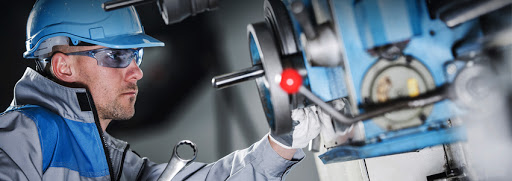Any industrial equipment is subject to mechanical wear during operation. Timely maintenance helps to change consumables on time, monitor the condition of the equipment. In case of natural or premature wear production of gears in Moscow will help to restore the performance of any machine. Return it to its factory characteristics and accuracy of processing metal blanks.
Preventive maintenance
After daily checks, it is the most important in the normal operation of any equipment, especially in metal processing machines. The gradual wear of parts does not lead to instant equipment failure. The first signs are less accurate readings of the parts being manufactured. To prevent this, you must adhere to the following algorithm:
- Timely oil change and filter cleaning.
- Replacing worn friction parts.
- Scheduled flushing of the machine with partial disassembly of the units.
Important: if mechanical damage was found during disassembly, it is imperative to replace the parts with new products. If this is not done, the machine may fail at any time.
Maintenance Tracking
Any equipment can be repaired, even if it needs to make a complex and unique drive gear. But if you keep track of maintenance, the number of repairs will decrease significantly. It is enough to start a special journal, and make it a rule for employees to record the work done so that they become a good habit. It is necessary to record in the log:
- fixed and corrected machine faults;
- planned and unscheduled maintenance work;
- adjustment work to eliminate inaccuracies in the processing of workpieces;
- an entry for flushing equipment and changing lubricants.
Machine-tool equipment can be used in various areas of production. But, its degree of reliability remains unchanged. It depends on timely technical inspections. It is enough to adhere to the recommendations of the equipment manufacturer, and it will last much longer than in similar conditions, but without maintenance. Without exception, all metalworking machines need maintenance and repair, regardless of the degree of load.





